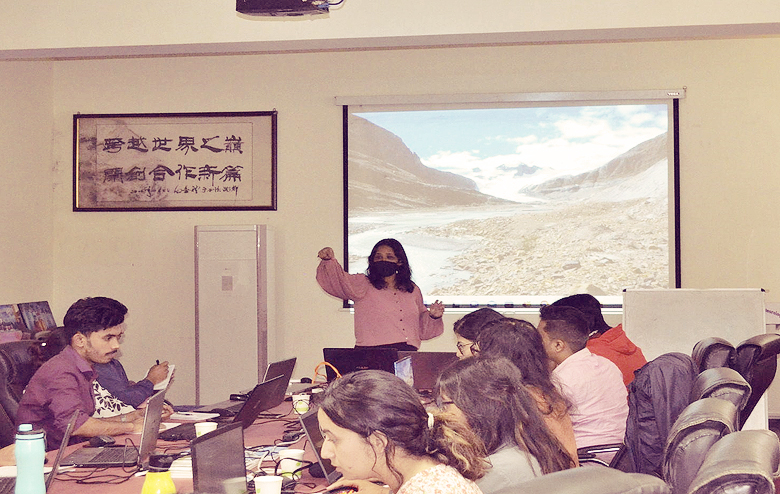Hydrological response to temperature and precipitation changes on Nepal Himalayas


Glaciers are found to be highly sensitive to changes in climate. Studies suggest that climate changes alter the magnitude and seasonality of snow accumulation and melt that affect the energy exchange between the land surface and the atmosphere, vegetation cover, soil moisture regimes, and runoff generation. This study assesses the hydrological response of a glacier to local climatic variability and change using a physically-based hydrological model. By using a physically-based energy budget snow and ice ablation model and a blowing snow redistribution model in the Cold Regions Hydrological Model Platform (CRHM), transient changes and sensitivities to the hydrological response will be diagnosed for a river basin in the Himalayas. The coupled model will be developed and tested based on hydro-meteorological observations at a high mountain glacier under contrasting hydro-climatic conditions. This project will both improve our understanding of how climate, snow regimes, and glacier configurations interact to generate mountain streamflow regimes and will improve the hydrological modelling capacity in mountain cold regions.
In this study, Cold Region Hydrological Model (CRHM) will be used to analyze the response of glaciers on temperature and precipitation and discharge of Langtang River Basin of Nepal Himalaya.
1 Year (April 2018-March 2019)